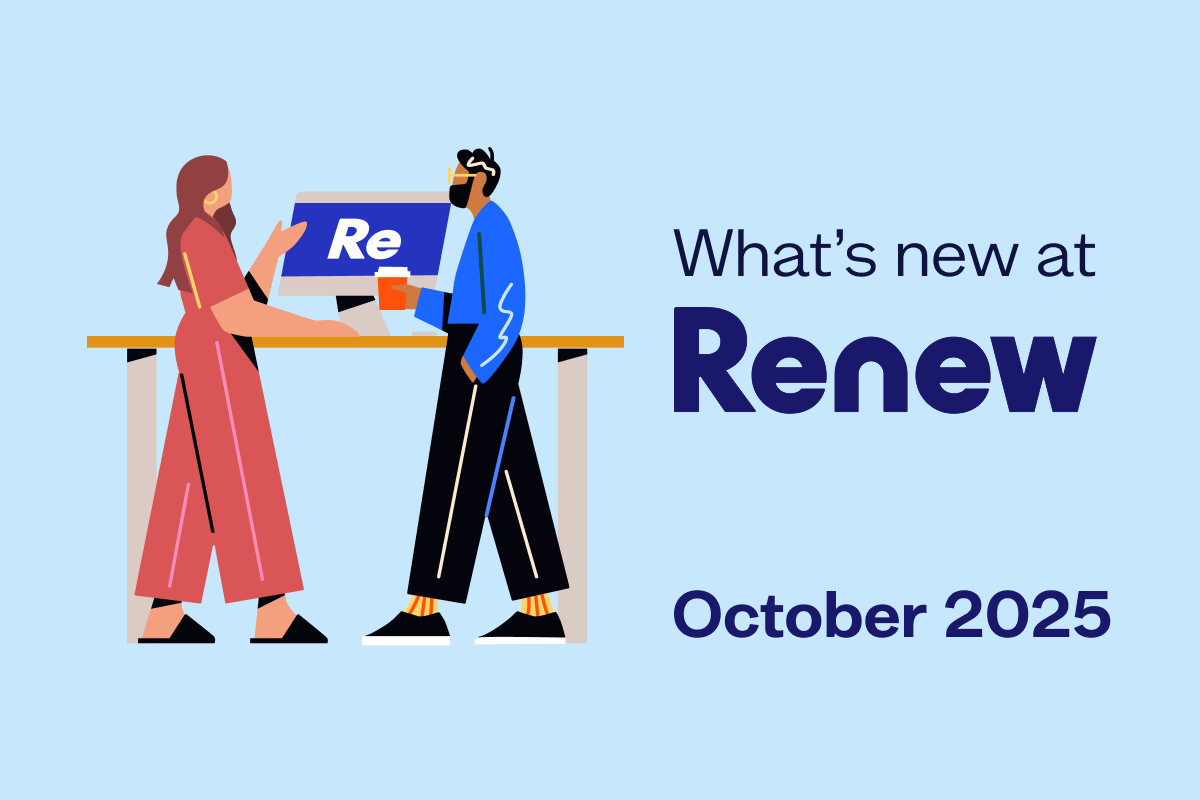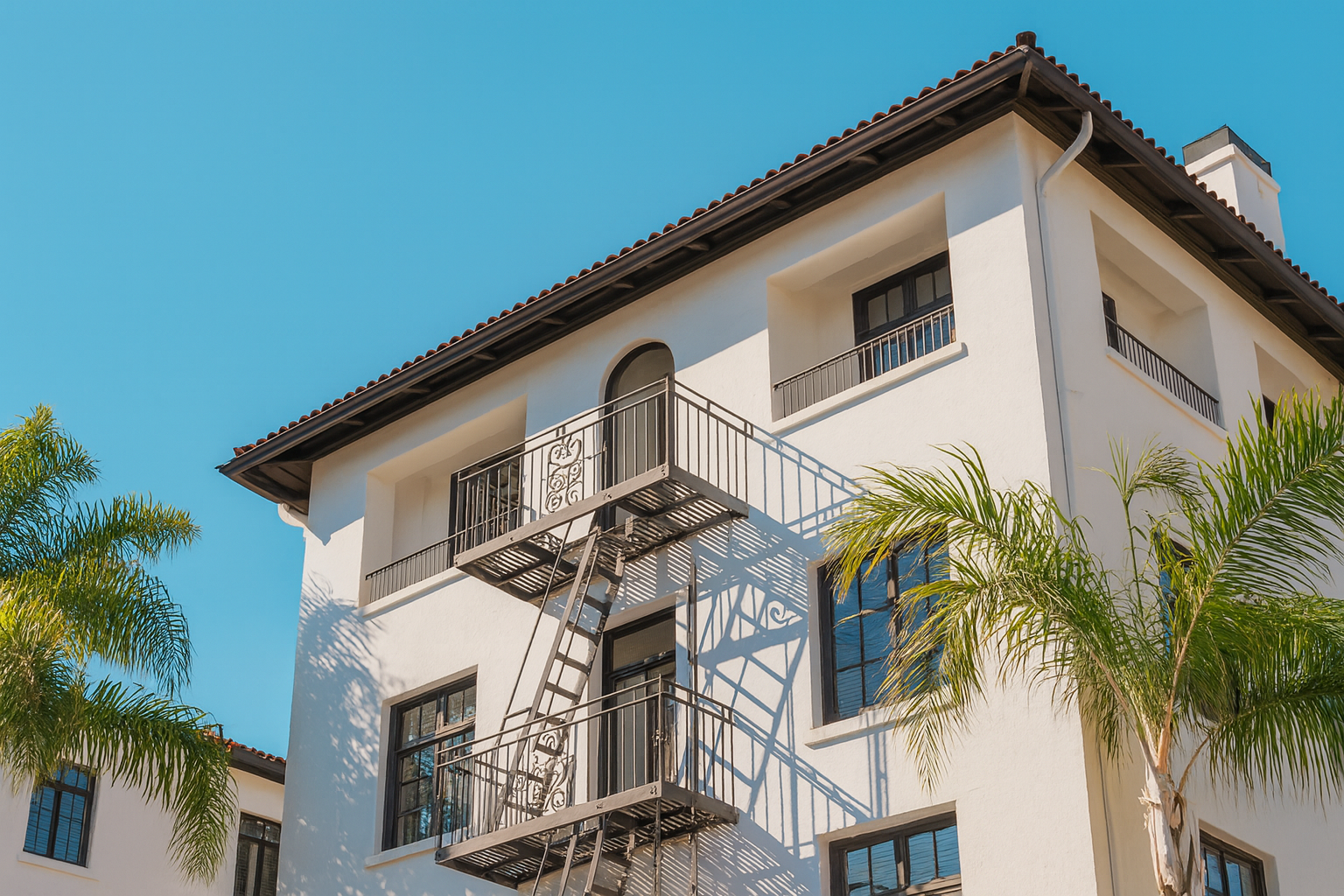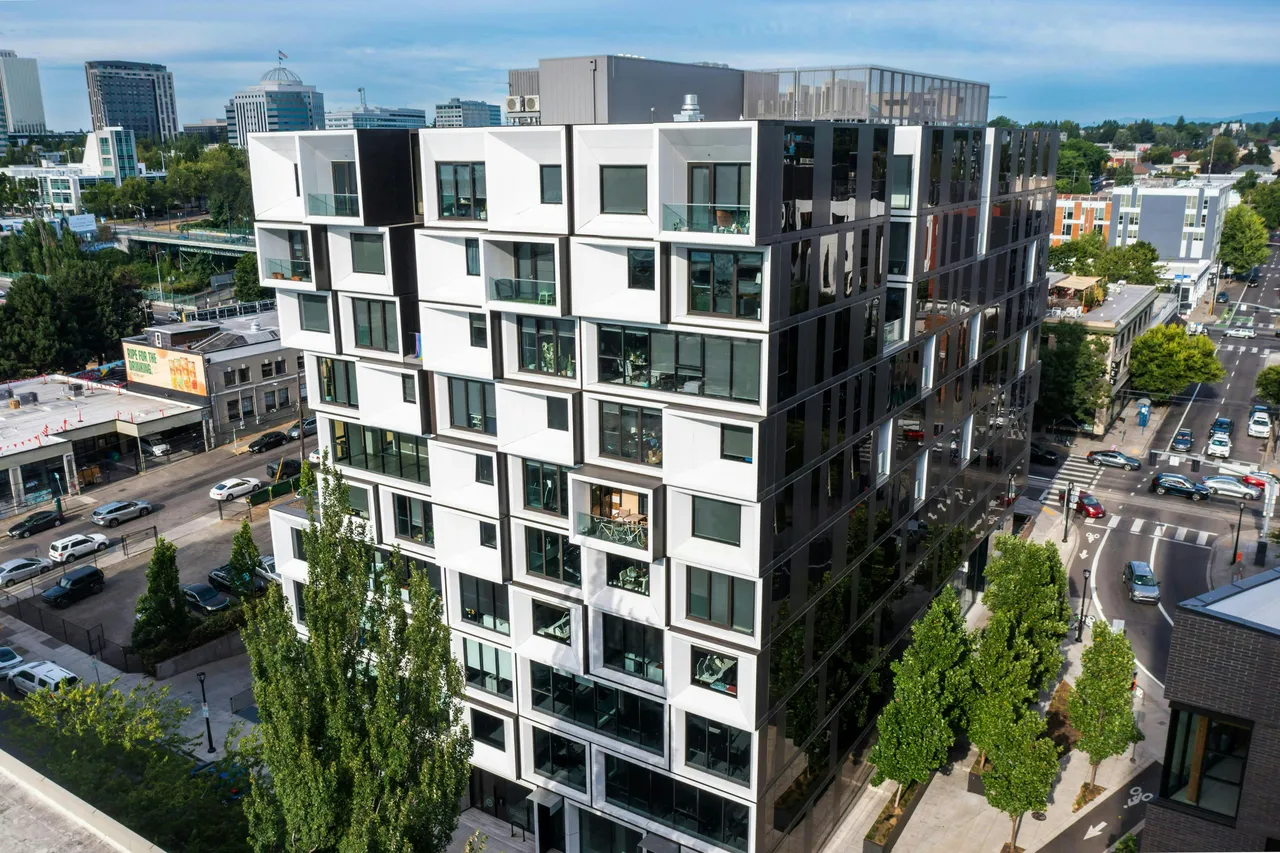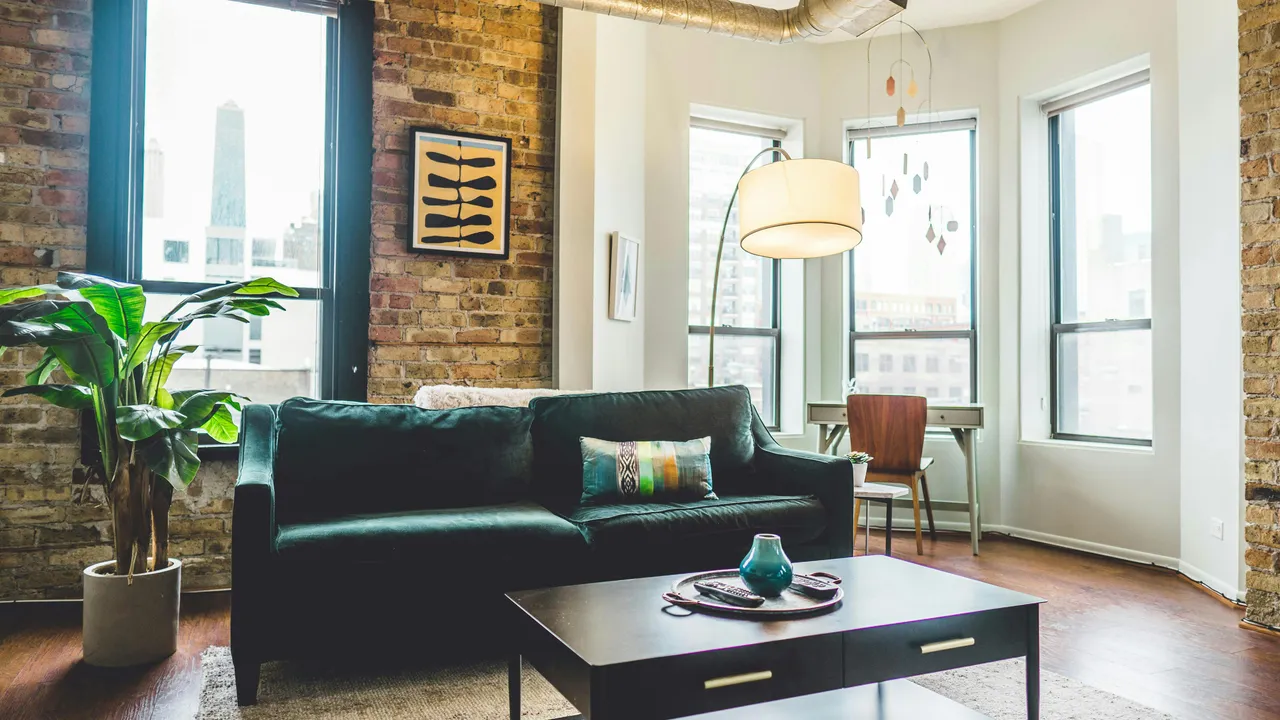Sluggish rent growth can be addressed, in part, by retaining residents through excellent customer service and a personalized lease renewal process that offers more options. In the past, apartment owners and managers were less concerned about resident turnover because double-digit rent growth was common in many markets.
It was all about getting new leases. But today, it’s about retaining residents - a far better financial proposition, Chairman and CEO of Apartment Income REIT (AIR) Terry Considine said during a recent interview on YouTube.
“The greatest growth potential is always doing more business with existing customers,” said Considine, the founder of AIMCO.
“Repeat customers are much more valuable than new customers, which have come with acquisition costs. We have the highest retention in the sector at 62% so our opportunity is to see that grow to 63 or 64 or 65% and higher, which gives us both better pricing and fewer units that we have and can lease others."
Terry Considine
Chairman and CEO of Apartment Income REIT (AIR)
“Ignoring the resident renewal strategy comes at a great cost,” Darcey A. Forbes, Head of Real Estate Operations at Renew, said.
The industry is realizing that it has been slow to invest in this crucial retention phase. The renewal process hasn't evolved in many years, with most customer experience initiatives traditionally focused on acquisition.
Even with the new technology that elevated and prioritized leasing during the pandemic, the renewal and retention of current customers' data are flat.
Since the pandemic, new technology was rapidly introduced and prioritized leasing during the COVID-19 lockdowns, but the processes for renewal and retention of current customers' data are still lacking.
“Even the ‘Ask to Renew’ is dated and cold,” Forbes said. "It's the very essence of leaving money on the table when an operator fails to refine the process continually, both in higher turnover rates and decreased insight into a resident’s intention. Often it is a PDF offer or letter attached to an email or a letter is posted into the door jamb of the unit. Traditionally, it is a binary question: “Will you stay or will you go?” This moment requires a more nuanced approach, empowering residents with the ability to make informed choices.”
It is expected that half of your residents will leave each year.
“No other industry would accept that kind of ratio,” Forbes said. “And 75% of those who leave will continue to be renters elsewhere. The renewal-requisition moment lacks the right tools to effectively manage, optimize, and learn from this critical moment in the customer journey.”
Residents’ needs are changing and therefore onsite teams need to engage with them more, but these teams can be overwhelmed with inefficient processes and do not always have the time to show a personal touch.
“If we know that 50% are likely to renew, how can we use that knowledge to focus on providing personalized service to the remaining residents who need assistance?” Forbes said. “These residents need more options and solutions to their issues.
“Encouraging residents to ‘raise their hands’ and providing them with a space to communicate to address issues more effectively, leading to positive outcomes. Additionally, it will help personalize their communication with their residents and better understand what needs to be addressed.”
Renewal Process Begins on Day One
To improve renewal rates, it is critical to make a compelling first impression because the renewal process starts on the day that they move in.
Blending technology with a personalized touch is far more effective, emphasizing that the first time the onsite team connects with their residents shouldn't be at the time of renewal.
“More importantly, offer alternatives to residents to meet them where they are. Maybe it is a smaller apartment, maybe they are working from home and need a larger one. Maybe they are moving for a new job – so cross-sell sister communities for them to choose from instead of losing them altogether.”
An Automated Process Can Be ‘Gold’
“Operators need to meet the renter where they are and in the communication style they prefer,” she said. “Most renters would prefer receiving a text message instead of an email which may be missed and never read.
Because many residents prefer self-service, an automated process for residents can be gold.
From Day One, and throughout the resident life cycle, onsite teams are encouraged to continually remind renters of why they chose to live in that community – the value and differentiation they saw when they signed the lease.
Technology can lighten the heavy burden of processing and administering renewals for site teams, creating time to personalize connections with residents who need more assistance with their renewals.
An automated renewal process can create other efficiencies as well. With the help of automation, WC Smith now responds to renewal offers 11 days sooner than before; and has seen more than a 600% ROI on the software based on improved vacancy loss and forecasting for renewals (minus the cost of the platform.
Investing in and leveraging technology to automate pieces of the process creates a positive ROI by reducing hours needed by staff, increasing the speed of their decision, and reducing vacancy loss.
.svg)

.svg)







.png)








































